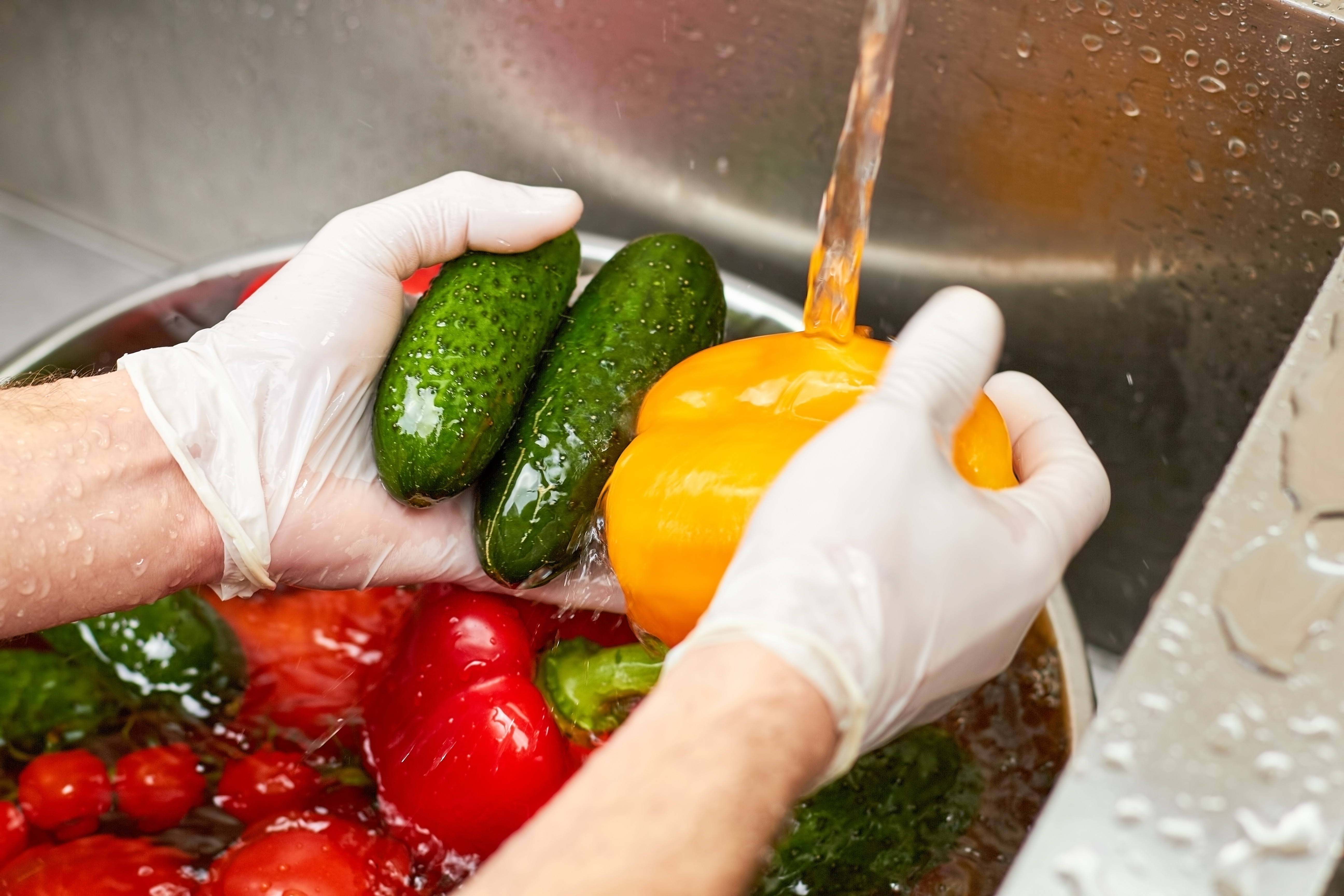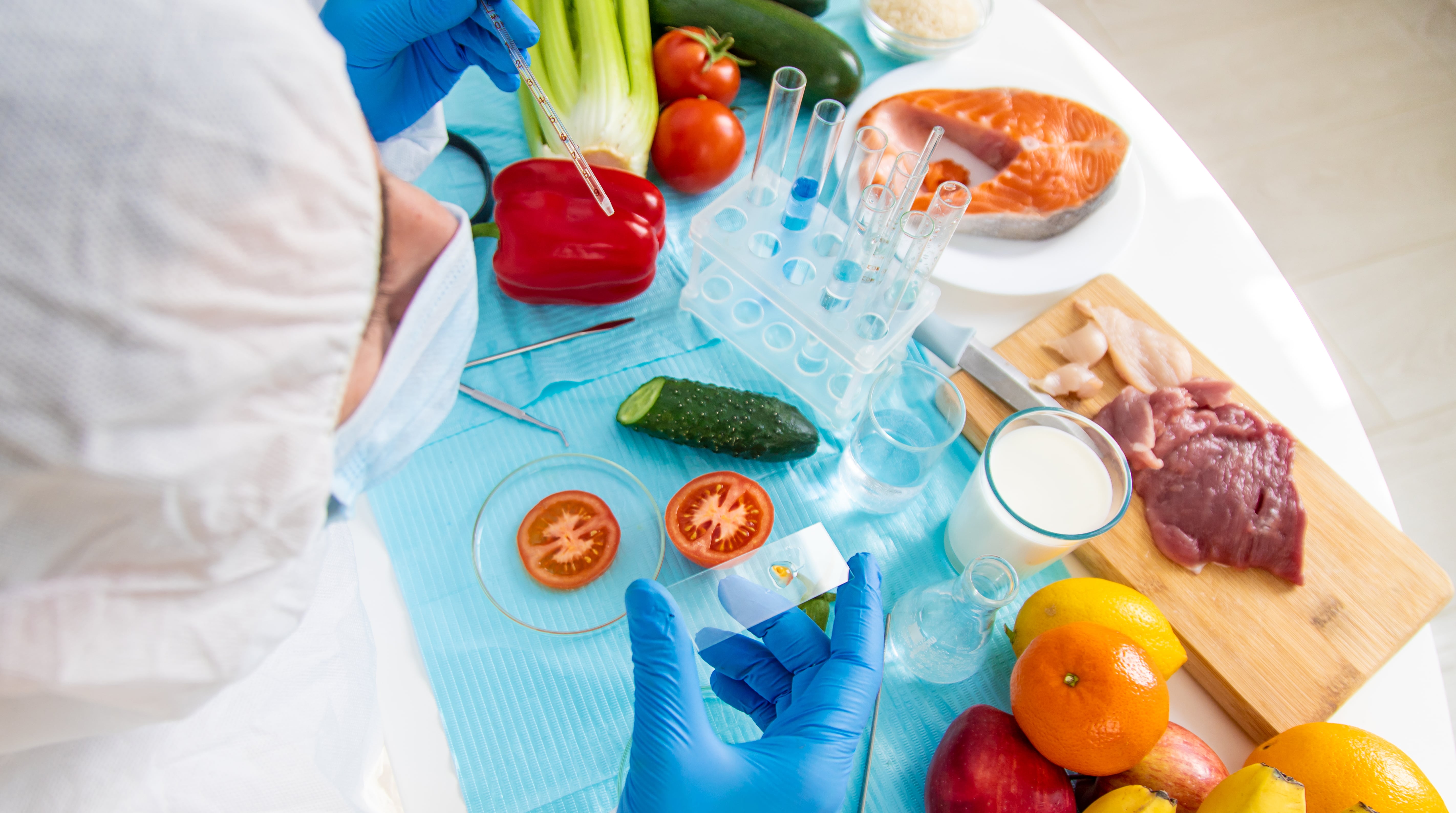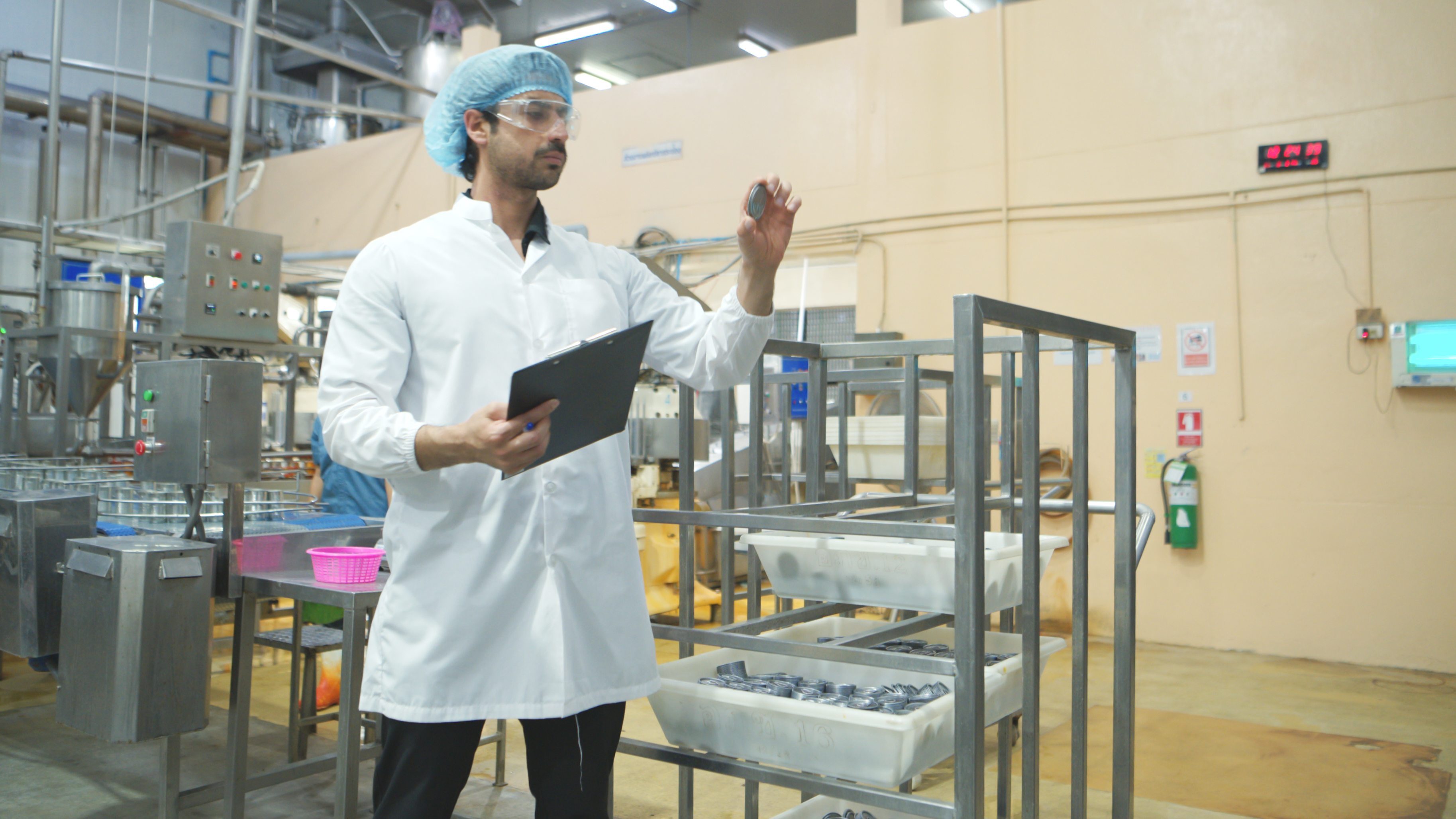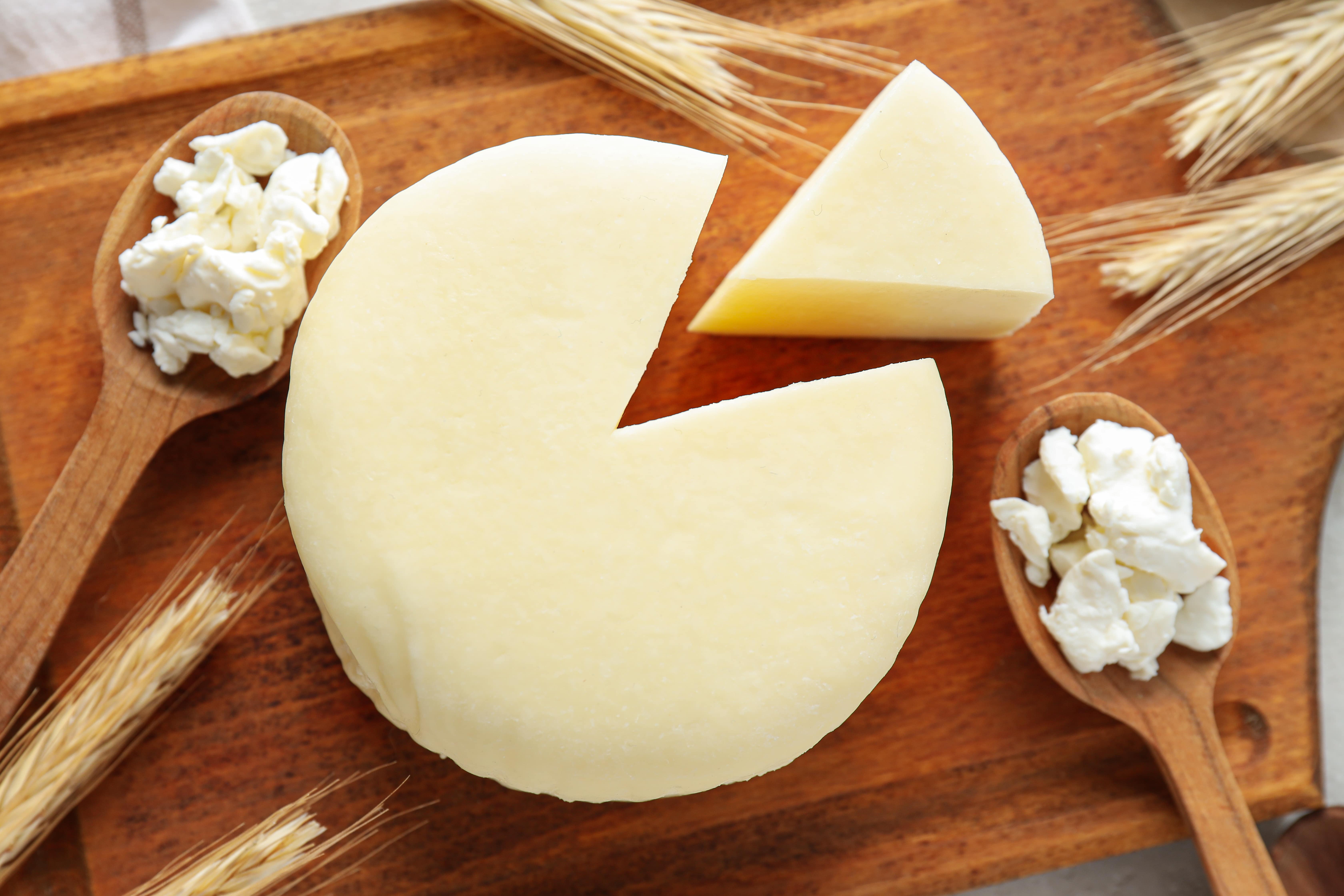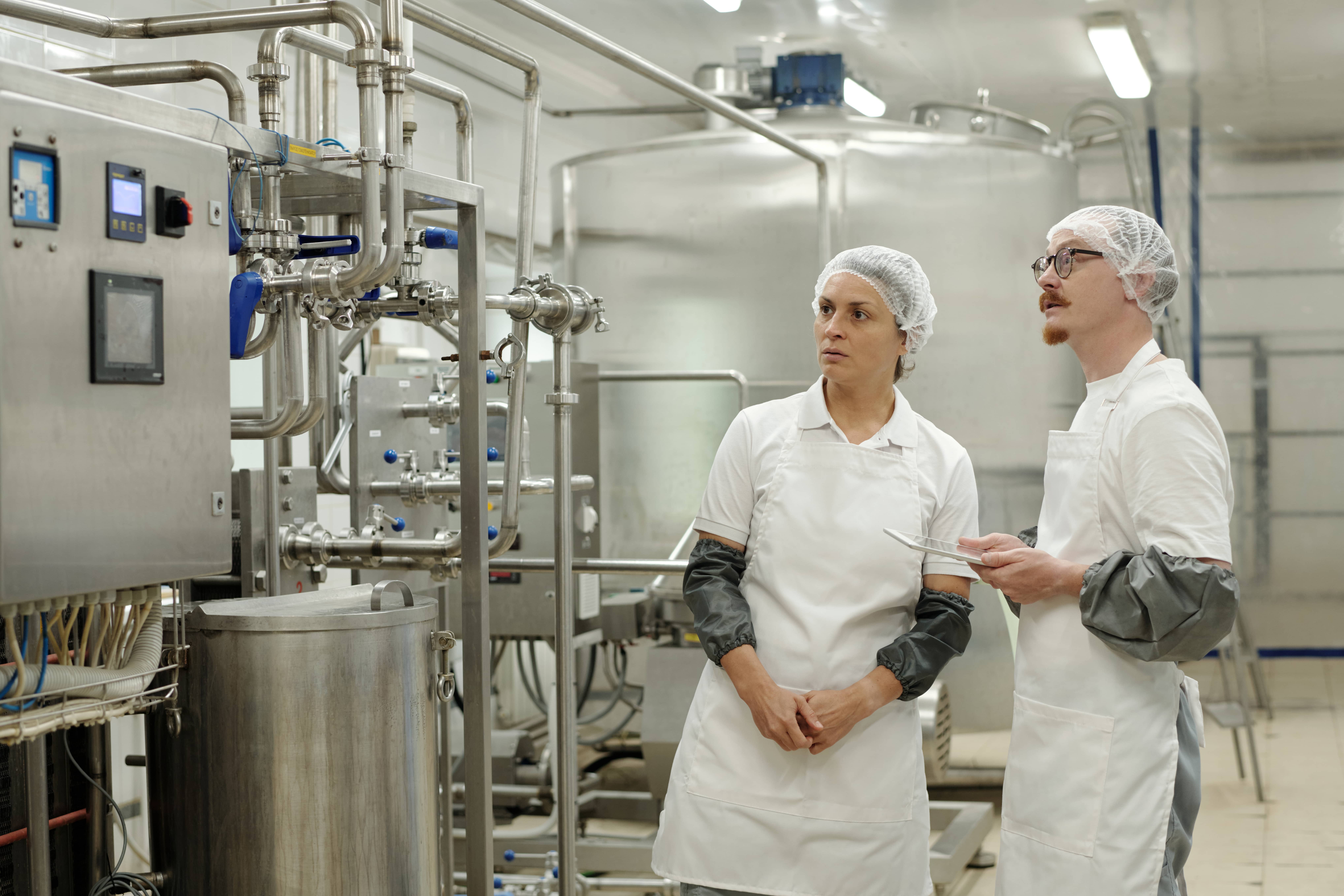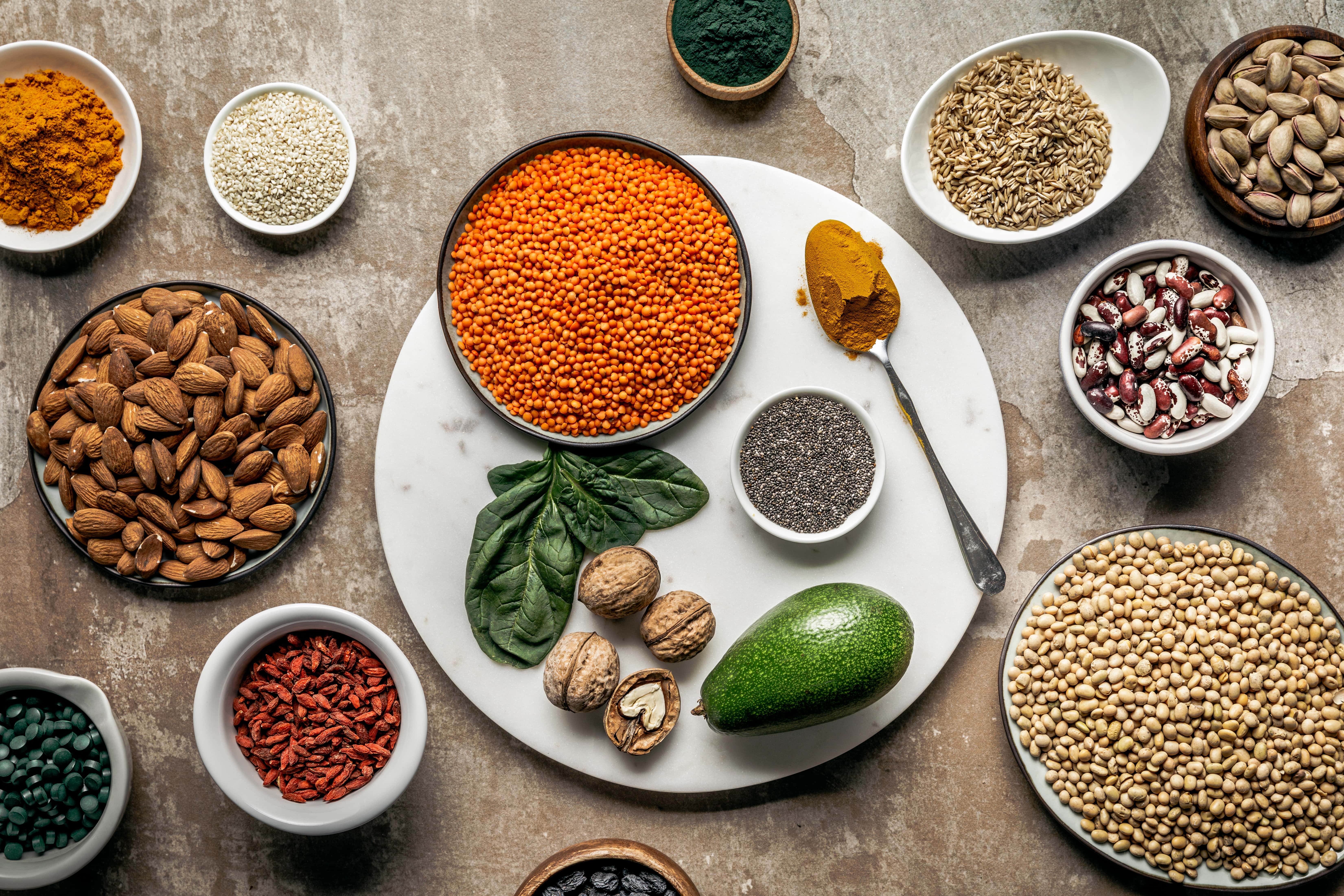Last Updated on June 23, 2025 by Admin
Chemical hazards in food are a significant concern for both consumers and the food industry. Understanding these dangers, how they can cause illnesses transmitted through food, and how to prevent them is necessary to guarantee food safety. This article provides a complete review of chemical risks in food, including clear definitions, examples, categories, and preventative strategies.
What is a Chemical Hazard in Food Safety?
Chemical hazards in food refer to any harmful substances that can contaminate food, making it unsafe for consumption. These compounds may be present in the natural environment or introduced into the food through processing, packaging, or handling.
Definition of Chemical Hazard in Food Safety
The definition of chemical hazard in food safety includes all chemicals that can harm your health if you eat or drink them. This includes many chemicals, such as heavy metals, herbicides, toxins, and additives.
Examples of Chemical Hazards in Food
Understanding the examples of chemical hazards in food helps identify potential risks. Here are some widespread examples:
- Chemicals that were used to protect fields from pests are leaving behind residues.
- Lead, mercury, and cadmium are some contaminants that can build up in the food chain.
- Things that develop naturally, like mycotoxins from molds.
- Artificial flavors, colors, and preservatives in some foods may cause reactions.
- Dioxins and PCBs are pollutants from industrial processes.
Types of Chemical Hazards in Food
Various types of chemical hazards in food can pose health risks. These include:
1. The Chemicals That Are Found Naturally
- Mycotoxins, created by molds on food crops, are examples of poisons.
- For example, arsenic can be found in rice, and mercury can be found in fish.
2. Chemicals That Have Been Added On Purpose
- Pesticides are utilized to preserve crops, yet they may leave behind residues.
- Included in the category of food additives are preservatives, colorants, and flavorings.
3. Chemicals That Were Added Without Intention
- Dioxins and PCBs are examples of industrial contaminants. These contaminants are produced throughout the production process.
- Processing chemicals are residues left over from cleaning agents or ingredients used for packing.
How Can Chemical Hazards Cause Foodborne Illness?
Let us now understand how chemical hazards can cause foodborne illness? Chemical hazards can lead to various health issues, ranging from acute poisoning to long-term health effects. For instance:
- Acute Poisoning: Immediate reactions like nausea, vomiting, or diarrhea from high contaminants.
- Chronic Effects: Long-term exposure to low levels of chemicals can lead to serious health problems like cancer, kidney damage, or neurological disorders.
Read Also – How to Prevent Yourself from Foodborne Illness
What Are Chemical Hazards in Food?
To know what are chemical hazards in food, it is essential to understand where they come from and what kinds they are. Chemical dangers can come from:
- Pesticides and chemicals used in farming.
- Additives and preservatives used in food processing.
- Pollutants and industrial chemicals are examples of environmental contaminants.
- Chemicals from the materials used to package food.
How to Prevent Chemical Hazards in Food
Numerous measures must be implemented across the food supply chain to prevent chemical hazards in food. Some essential measures are as follows:
1. Good Agricultural Practices (GAP)
- It refers to using safe pesticides by adhering to rules for applying pesticides and the limits of residues.
- Testing for toxins regularly, including testing for soil and water.
2. Good Manufacturing Practices (GMP)
- Regarding hygiene standards, GMP ensures that processing facilities are clean to prevent contamination.
- Accurate labeling of food additives and preservatives is essential to proper labeling.
3. Monitoring and Performing Tests
- Conducting routine checks for chemical residues might be referred to as regular inspections.
- As part of laboratory testing, samples are analyzed to look for pollutants.
4. Awareness campaigns
- It is aimed at educating customers about safe food handling procedures.
- Inspiring consumers to read and comprehend food labels is an integral marketing strategy.
Impact of Chemical Hazards on Public Health
Chemical hazards in food can harm public health in several ways. Food chemicals can cause acute and long-term health problems. Acute foodborne diseases cause nausea, vomiting, and diarrhea. Food with excessive pesticide or toxic levels often causes these symptoms.
More minor chemical risks can be even more dangerous over time. Long-term lead or mercury exposure can cause neurological problems, renal damage, and cancer. Mercury-contaminated seafood can impede brain development in fetuses and early children.
Consumers and food safety professionals must understand how chemical hazards can cause foodborne illness. Recognizing health risks allows for exposure reduction and public health protection. Regular monitoring, strict food safety rules, and public education reduce food chemical dangers.
Government Regulations and Chemical Hazards in Food
Government restrictions are crucial in managing chemical hazards in food. These standards specify safe chemical residue and contaminant levels to ensure food safety. The FDA and EPA set food pesticide and chemical residual limitations in the United States.
To enforce these standards, regulatory bodies thoroughly test and monitor food. They also require food processors and producers to follow GMP (Good Manufacturing Practices) and HACCP (Hazard Analysis and Critical Control Points) Analysis, which are Critical Control Points. These systems identify and control chemical dangers to prevent contamination.
Public awareness initiatives are also crucial to government efforts. These initiatives inform consumers on what are chemical hazards in food and assist them in choosing safer foods.
According to new scientific information, government laws are modified to secure the food supply from growing chemical dangers. Maintaining public trust and health requires compliance with these standards.
How Food Training Can Help?
Chemical hazards in food can be eliminated by adequately training people working with food. To make sure that everyone in the food supply chain fully understands the risks and best ways to deal with chemical hazards in food, training programs for food handlers, processors, and producers are in place. A good training program will include things like
- Teaching employees how to spot different chemical contaminants so they can spot possible dangers.
- Teaching the right ways to lower the risk of pollution is an example.
- Training on how to do regular tests and checks to make sure food is safe.
Read Also – HACCP Training: Enhancing Food Safety Knowledge and Skills
Conclusion
To ensure food is safe, it’s essential to understand and control chemical hazards in food. Consumers and food industry professionals can work together to lower the risks of chemical pollution if they know the different kinds, where they come from, and what they can do to avoid them. This preventative measure better protects the public’s health. It keeps people’s faith in the food chain. These efforts are made stronger by proper food training, which gives everyone the knowledge and skills they need to ensure food is safe and stop chemical risks from happening.



